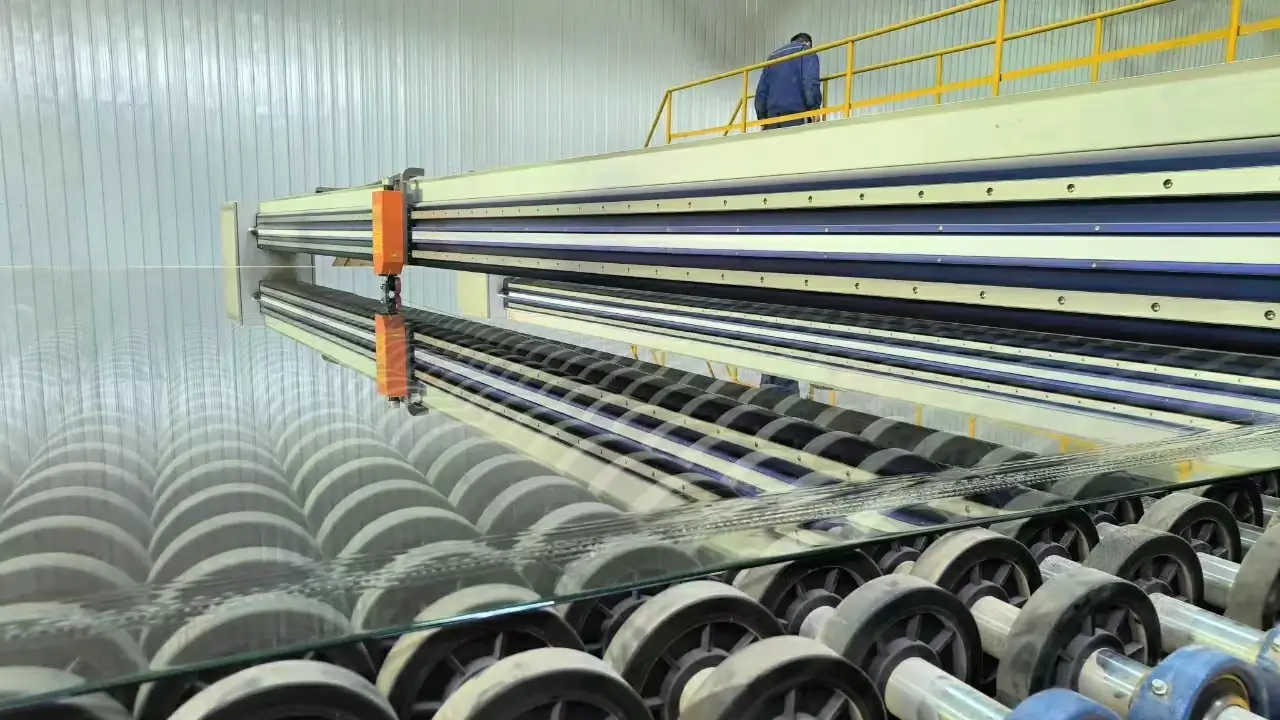

The Essential Guide to Mirror Glass Adhesive
When it comes to installing mirrors in your home or workspace, choosing the right adhesive is crucial for both performance and aesthetics. Mirror glass adhesive plays a vital role in ensuring that your mirrors stay securely in place while providing a flawless finish. In this article, we will explore the types of mirror glass adhesives available, their benefits, and tips for proper application.
Types of Mirror Glass Adhesives
There are several types of adhesives suitable for mirror glass applications. The most common include
1. Silicone Adhesive This is one of the most popular choices for mirror installations. Silicone adhesive is flexible, waterproof, and provides excellent adhesion. It can withstand changes in temperature and humidity, making it ideal for bathrooms and kitchens.
2. Construction Adhesive Heavy-duty construction adhesives are recommended for large mirrors or those in high-traffic areas. They offer a strong bond and are usually used in commercial settings.
3. Specialized Mirror Adhesive Some manufacturers produce adhesives specifically formulated for mirror installations. These adhesives are often designed to be non-corrosive, minimizing the risk of damaging the mirror’s backing or reflective coating.
4. Double-Sided Tape For lightweight mirrors, double-sided tape can be a simple and quick solution. However, it is essential to ensure that the tape is of high quality and rated for the weight of your mirror.
Benefits of Using Proper Adhesive
Using the right adhesive for your mirror installation can provide several benefits
- Safety and Stability Mirrors, particularly larger or heavier ones, can pose a safety hazard if not properly secured. Using a high-quality adhesive helps ensure that mirrors remain securely in place, reducing the risk of accidents.

- Enhanced Aesthetic Appeal A good adhesive application can create a seamless look, enhancing the beauty of your space. A transparent or color-matched adhesive will be less visible, providing a clean finish around the edges of the mirror.
- Durability The right adhesive will withstand environmental factors such as moisture and temperature fluctuations. This durability ensures that the mirror remains in good condition for years to come.
Tips for Application
To achieve the best results, follow these tips when applying mirror glass adhesive
1. Surface Preparation Ensure that both the mirror and the surface to which it will be attached are clean and free of dust, grease, and any other contaminants. Use a glass cleaner and a lint-free cloth for best results.
2. Temperature Considerations Apply adhesive at recommended temperatures. Most adhesives perform best in temperatures between 60°F and 80°F (15°C to 27°C).
3. Even Application Apply adhesive in a zig-zag pattern across the back of the mirror, ensuring that the adhesive covers a significant area without being too thick.
4. Support and Curing Time After positioning the mirror, support it temporarily until the adhesive sets. Be sure to check the manufacturer's instructions for curing times and weight limits.
5. Clean Up Excess Adhesive If any adhesive oozes out during installation, clean it up immediately with a suitable solvent recommended by the adhesive manufacturer.
Conclusion
Choosing the right mirror glass adhesive is crucial for a successful installation. By understanding the different types of adhesives, their benefits, and following best practices for application, you can ensure that your mirrors not only look great but also remain securely in place for years to come. Whether you’re updating your home decor or designing a commercial space, investing time in the right tools and techniques will pay off in the longevity and safety of your mirror installations.